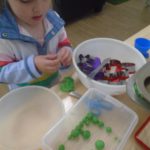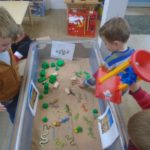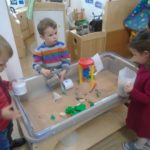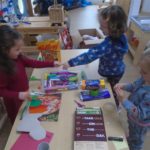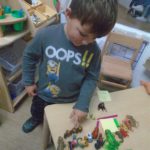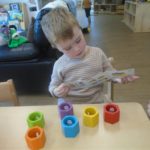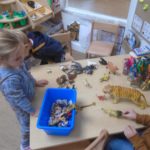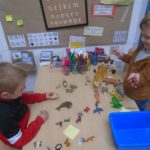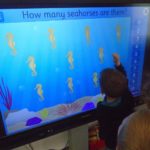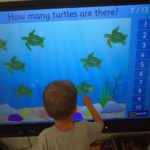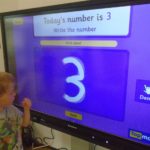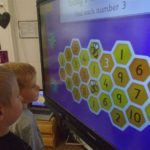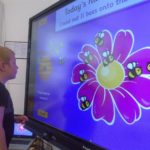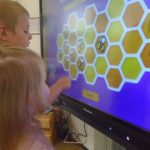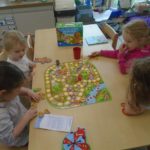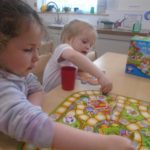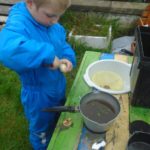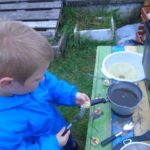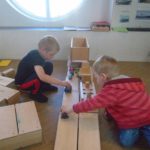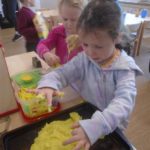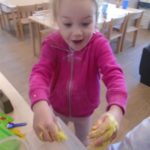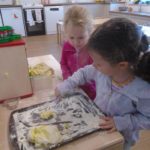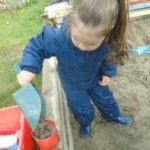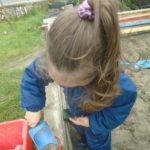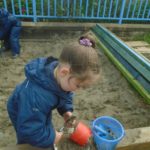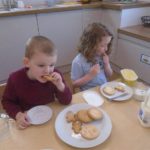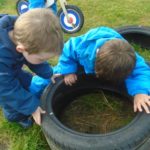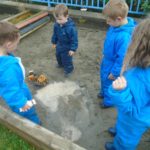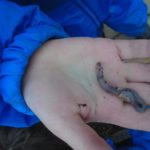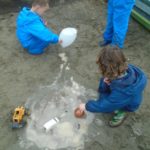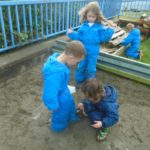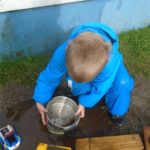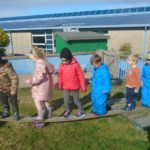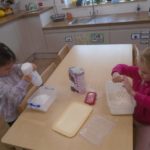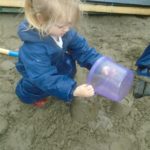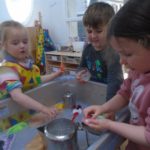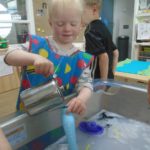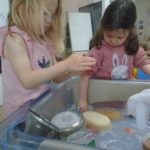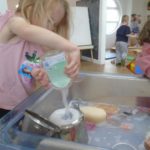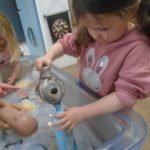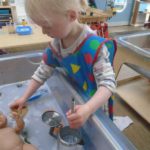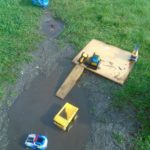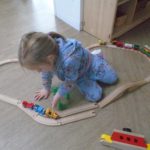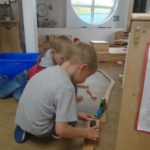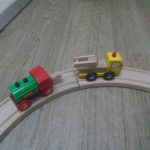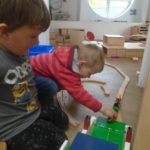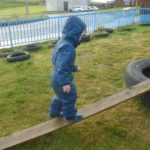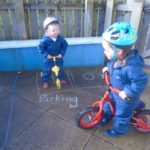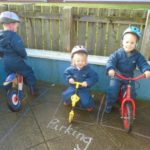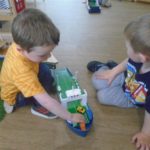Numeracy is everywhere. This week we’d like to share some of the ways we’ve been developing our numeracy skills and knowledge through our play.
We have been developing our sense of amount in all areas of the setting. This week we have counted playdough balls, “cactuses” in the desert, animals, gingerbread men, buttons and colours, candles on playdough cakes and buzzy bees to name just a few! Counting one object at a time, touching it as we count out loud, is important as this teaches us to recognise that each object is “one”. Playing with meaningful, interesting objects naturally enables us to count using practical materials and to explore counting on and back in preparation for learning about addition and subtraction later on.
Through games on the Smartboard, board games and our own play choices we can link counting to numbers, learning that numbers represent quantities and learning what they look like. During our play we use numbers to count and to create sequences helping us develop a strong understanding of what numbers are for.
Playing with playdough naturally encourages us to split and share amounts between each other which is an important part of early understanding of fractions and division. Sharing water and ingredients between pots, counting equal amounts of scoops into containers and splitting gingerbread men into equal shares have all helped us develop our numeracy skills this week.
Understanding measurement is also an important part of numeracy. As we play we experiment with everyday items as units of measure, such as our fingers, hands and bodies. This week we investigated and compared sizes and lengths of worms, depth of holes and amount of water in holes. We measured how many bodies could fit along our plank of wood, explored what “full”, “empty” and “half full” meant when making playdough and making cups of tea and milkshakes in the water tray. As we experimented and explored we shared our findings with each other, saying things like “look that wiggly worm is longer and longer than that one!” and “Oh my bottle is full now so you can have some milkshake from it.”
Numeracy and language skills are closely linked. To develop a solid base in numeracy we must learn about positional language, use simple directions and be able to describe and understand positions. Play is an excellent avenue through which we do this. Outdoors we have built ramps and quarries where we have moved vehicles up, down, around, inside, at the side. We have walked forwards and jumped backwards off planks and have steered our bikes in directions and at different speeds. Indoors we have built train tracks using words like “first” and “next”, “reverse” and “turn around”. Our ferry play has ensured we’ve worked together to place cars “next to”, “in front of” and “behind”.
As you can see numeracy is embedded in our play. We learn so much every day. We look forward to sharing more of our learning with you next week.

